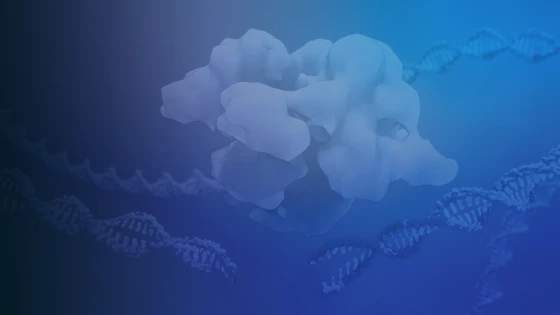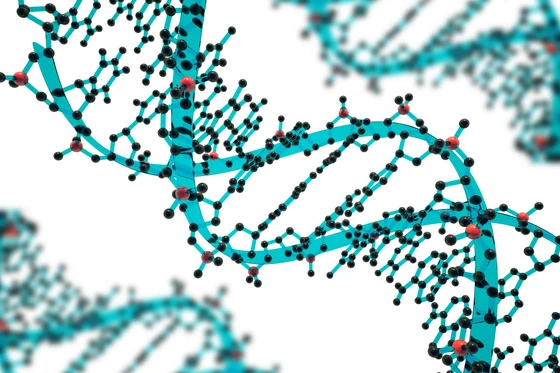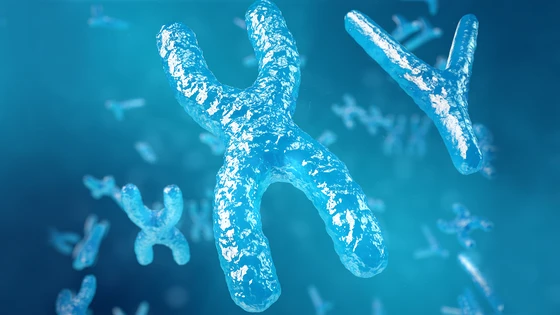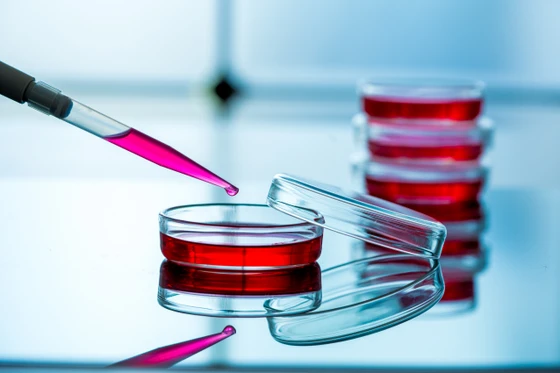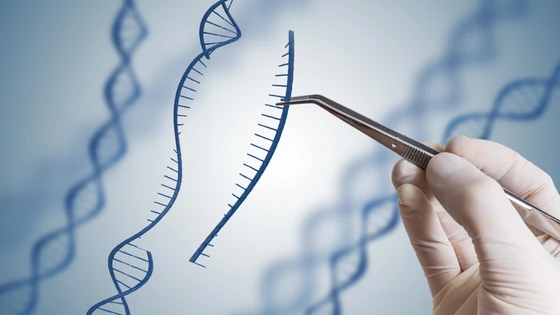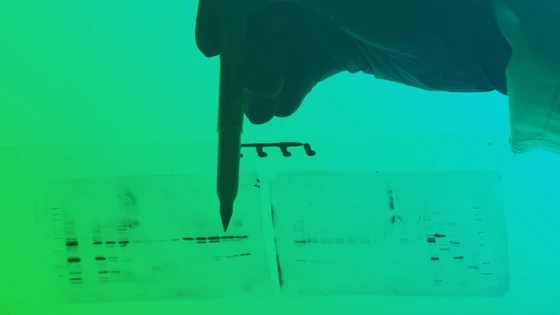Trends in Drug Discovery and Therapeutics
CRISPR Benchmark Report - Vol. 02
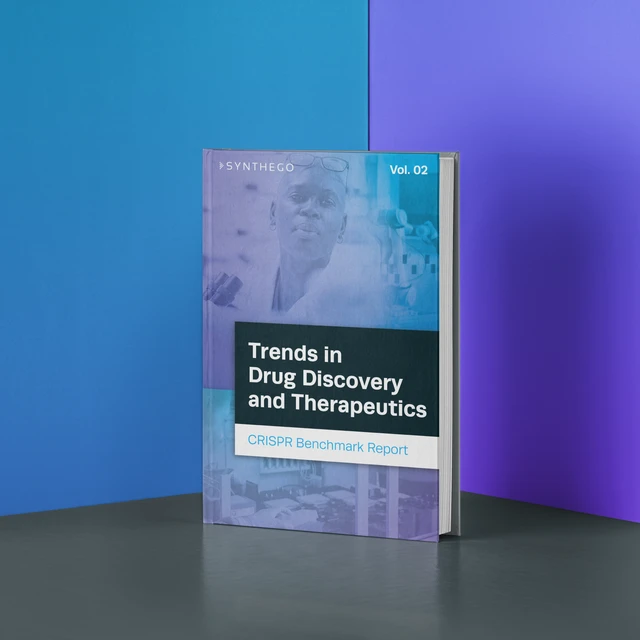
It is an exciting time for drug discovery researchers as technological innovations are rapidly advancing our capabilities to develop therapies for treating diseases. Whether used to screen the genome for drug targets, build disease models, or correct harmful mutations, CRISPR is accelerating the development of new pharmaceuticals and other therapeutic agents with unprecedented speed.
In the previous CRISPR Benchmark Report Vol. 01, we heavily focused on the challenges, results, and satisfaction around experimental outcomes of CRISPR researchers. Armed with useful insights into what’s happening in CRISPR at the benchtop from our previous report, we now wanted to understand the current trends among small and large molecule drug discovery professionals.
Learn more about the trends that emerged from the survey in this blog post.
CRISPR Emerges on Top; RNAi Comes Close Second
45.4% of researchers in commercial institutions and 48.5% of those non-commercial institutions primarily use CRISPR
CRISPR has gained popularity in recent years as a precise genome editing tool, but it is not the only option. RNAi, a gene silencing method, was the go-to technology for gene function studies prior to CRISPR. Moreover, other genome editing tools, such as TALENS and ZFNs, were adopted by researchers before the introduction of CRISPR. Has CRISPR replaced these other methods by now?
When asked about their primary modification method, about 45.4% of respondents from commercial institutions and 48.5% of those from non-commercial institutions answered CRISPR. It is interesting to note that RNAi is still widely popular with about 32.2% of commercial and 34.6% of non-commercial respondents reporting using this method.
While more and more researchers are noting the benefits of CRISPR, RNAi is particularly valuable in screening experiments and testing essential genes.
CRISPR Knockouts for the Win
More than 50% of respondents using CRISPR reported performing knockouts
CRISPR is a widely popular genome editing method, as substantiated by the survey results described in the previous section. Interrogating gene function by knocking out the gene has been one of the most popular applications of CRISPR. Recently, other CRISPR-based methods, including knock-in, detection, base editing, have gotten increasingly popular. We wanted to find out the distribution of these different CRISPR editing methods used at the bench through the survey.
Survey data revealed that gene knockout is the most widely used CRISPR method, consistent with our findings from the CRISPR Benchmark 2019 survey. About 45% of respondents within non-commercial institutions and 54% of respondents within commercial institutions reported knockouts as their primary type of CRISPR edit. Among the other methods, the percentage of researchers working on base editing and CRISPRa/i research was comparable to those working in knock-ins, particularly among non-commercial institutions. These stats highlight the growing work in base editing and other new CRISPR methods.
CRISPR Editing is Tedious & Time Consuming
Researchers have to repeat CRISPR experiments multiple times before they succeed
Analysis of CRISPR editing is an important step for evaluating the success of your CRISPR workflow, especially for knockout and knock-in experiments. Using bioinformatics tools, such as Inference of CRISPR Edits (ICE), researchers can easily conduct genotypic analyses of their Sanger sequencing data. On investigating the average editing efficiencies that researchers are able to achieve and interrogate their satisfaction levels around their results, we noted 60% average editing efficiency overall.
However, it is important to account for the time and labor spent on achieving these numbers. Does the end always justify the means? We sought information regarding how many times researchers had to repeat clonal isolation steps and the entire CRISPR workflow before obtaining their desired edits.
Data showed that researchers in both commercial and non-commercial institutions had to repeat their clonal isolation step 3 times (median value) before achieving their desired edit. They also reported repeating the entire CRISPR workflow 3 times before succeeding.
Moreover, as the CRISPR workflow consists of several steps, from guide design to clonal isolation, we inquired about the time it takes for researchers to successfully generate their edits. The survey data showed clear differences based on the type of edit, as researchers reported a median of 3 months for generating knockouts and 6 months for generating knock-ins.
Additionally, as some researchers might need to repeat parts or all of their workflow multiple times, as described in the previous section, the total duration to successfully obtain an edit could be even longer for them.
Ease of CRISPR Editing Varies With the Cell Model
The difficulty of CRISPR editing depends on the cell model; primary cells are harder to edit than immortalized cells.
As drug development requires testing new therapies in biologically relevant cell models, researchers are increasingly using primary cells in their studies. While primary cells are better for performing biologically relevant experiments, they are generally harder to handle. We wanted to check if the cell model impacted the difficulty level of CRISPR among researchers.
Survey data showed differences between difficulty levels of CRISPR workflow depending on cell type. Among those who found CRISPR “easy”, a majority (60%) worked in immortalized cell lines and only 16.2% worked in primary T cells, while among those who answered “difficult”, 50% worked on primary T cells and 33.3% worked in immortalized cells.
This is noteworthy because as researchers adopt different cell models to conduct more biologically relevant experiments, the associated challenges with the CRISPR workflow will also increase, adding to the time and cost of experiments.
Of note, researchers that use iPS cells as their main model experienced varied levels of editing difficulty, indicating that ease of use may depend on other factors such as cell origin.
We hope you found this information from our survey useful. Download the full CRISPR Benchmark Report Vol. 02 for detailed insights into the drug discovery and therapeutics space.
